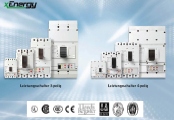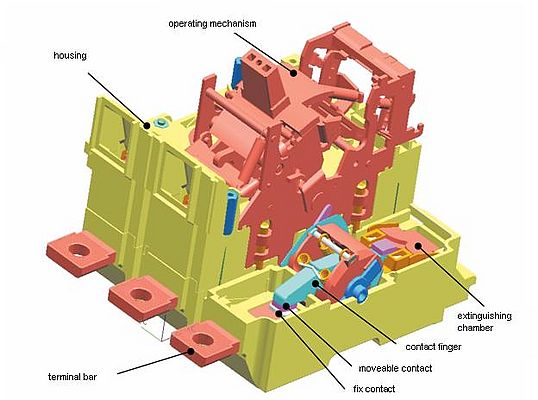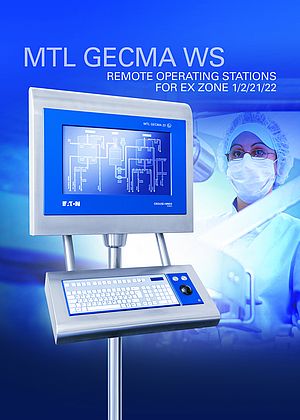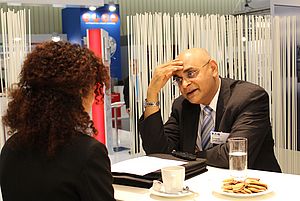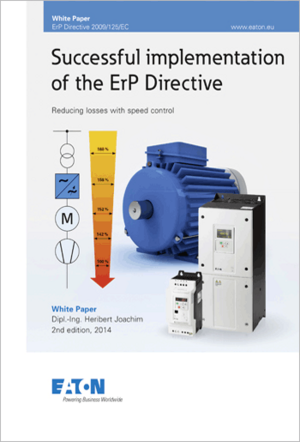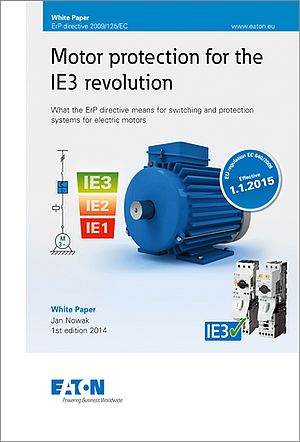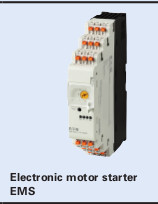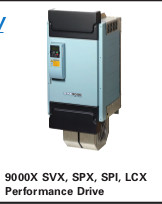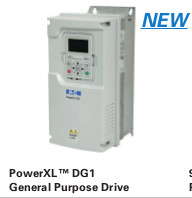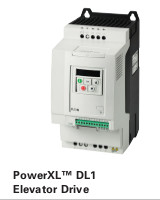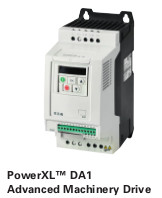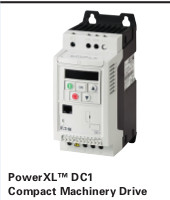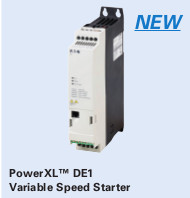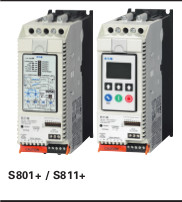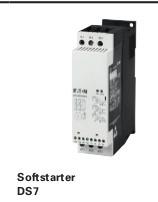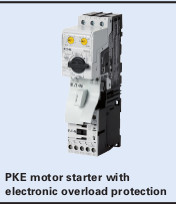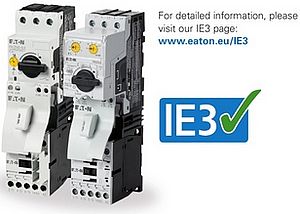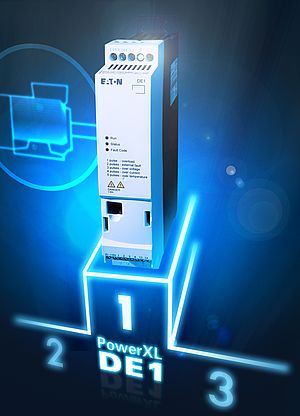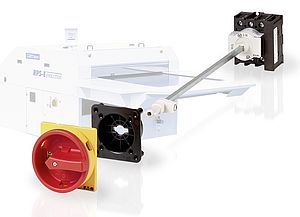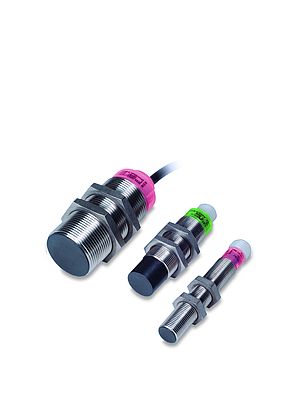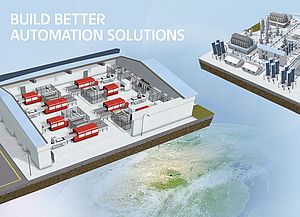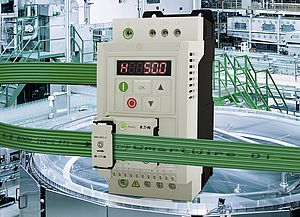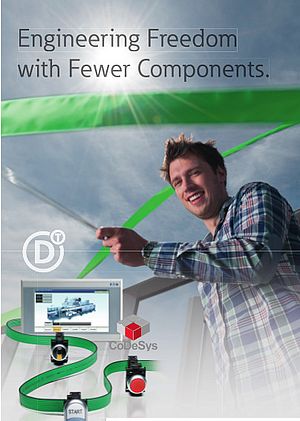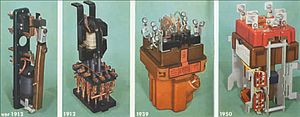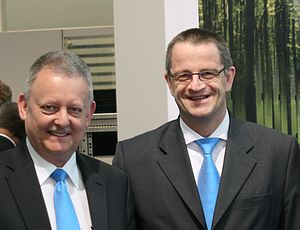Author: Franz Böder is a staff member in the circuit breaker development of Eatons Moeller Business Bonn.
Molded case circuit breakers (MCCBs) are critical switching and protective elements found at all strategical points throughout the electrical energy supply system. They offer optimum protection while maintaining a high level of operational readiness, and are able to accurately control the flow of energy through their precise monitoring and trip design technologies. They can clear circuits within a few milliseconds in the event of high damaging faults, and also ensure their routine operational switching capability over an extended lifetime.
In order to ensure their longevity, circuit breakers are constantly subject to refinements in their design: This is due in part to ever increasing short circuit fault ratings available in modern energy supply networks, and to the desire to meet changing needs and varying application requirements from a broad range of users. Moeller has been providing innovative design solutions over numerous decades to meet these challenges. The successful development of the NZM current circuit breaker line with frame ratings up to 1600A was based on a systematic evaluation of these needs along with qualified choices of appropriate contact materials.
Importance of contact materials
The basic challenge posed to switching devices involves proper containment of the arc. A viable solution, however, is only achievable in a coherently performing design since the interacting key switch elements, such as the operating mechanism, tripping unit, main contacts, housing chambers and extinguishing system, each of which fulfills a functionally different role on its own, must be perfectly matched with each other.
The structural concept for the main contact unit, consisting of an operating mechanism, housing chamber, contacts and arc-extinguishing system, makes for an innovative technological approach that features a double-break contact switching design. In this concept, electrical contact tips playa decisive role. They have to fulfill their routine functional requirements, as well as those which occur under enormously demanding switching conditions. The electrical and thermal energy transformations which take place in a circuit and which constitute the main burden for power switching devices will typically concentrate themselves on the contact surfaces. Accordingly, choosing the best elements for contact materials is a must.
Contact material requirements
Contact materials in power switching devices generally must fulfill varying sets of requirements. Three main groupings can be differentiated:
- current carrying - at low and constant temperatures,
- load switching - without welding
- and high operational life span - through minimal loss of contact material.
During the development process for the NZM molded case circuit breaker line, it was determined that the contact material combination of silver tungsten carbide (AgWC) and silver graphite (AgC) was particularly effective in meeting the specified requirements.
Heating is ultimately determined by electrical resistance, which in turn is dependent on the contact force and the proportion of silver in the contact material. AgC consists predominantly of silver (Ag), whereas AgWC is only primarily silver. Graphite (C) and tungsten carbide (WC) are non-metallic substances with lower conductivity, which provides for sufficient surplus silver at the contact surface. The material components tend to have little oxidation, since they are chemically stable under normal operating conditions. Thankfully, the use of tungsten carbide also eliminates any build-up of tungsten-oxide based impurity layers. The determining factor is the reducing effect of the separating C-component.
Despite an accumulation of silver at the contact surface area the tendency to weld remains low. Whenever certain contact surface areas are subject to spot welding due to a previous overloading condition, these inherently weaker locations will easily break off and allow for a clean separation of contacts. This can be explained as follows: In a switching operation using silver graphite, the C forms various chemical bonds within the liquid Ag and in the process generates combustion gases. This gas build-up leaves voids during the cooling stages and creates an overall structure with a diminished level of material rigidity. Small silver deposits with relatively little strength form on the more poorly coated AgWC contact surface areas.
In each switching operation the arc transfers energy to the contacts. This conversion leads to melting and evaporation of contact material and manifests itself as contact material loss. Losses are ultimately dependent on the magnitude of the current and impact duration of the arc. Switch loading ranges from normal operating currents up to very high short-circuit currents. The latter represents the most extreme form of burden for the contacts.
Becauseof its high melting point, tungsten carbide exhibits relatively low melting and evaporation properties. When burdened, Ag at first evaporates and cools the surrounding tungsten carbide, whose removal itself is evenly delayed. The downside to a higher degree of thermal stability is a lower mobility factor for the arc.
With silver graphite the loss of contact material is greater because of the high proportion of silver and graphite content. The gas build-up process from this material forms under powerful blowing forces which can often lead to liquid silver becoming sprayed about the contact area. Compared to tungsten carbide however, the arc mobility of the arc foot point on pure silver is better.
Contradictory properties
An analysis of contact materials shows that properties such as welding resistance, heating and loss of contact material influence one another negatively. Despite the variety of materials and the even larger number of possible material combinations available, practical experience has shown that one can derive a common set of orientation guidelines applicable to all designs:
- The lower the heat as a result of maximizing pure silver content, the worse the resistance to welding, and often, the greater the loss of contact material.
- The better the welding resistance due to a maximum of material loss, the greater the loss of contact material, and often, heat rise.
- The lower the loss of material asa result of using compounds more stable at higher temperatures, the worse the effect on heat rise and resistance to welding.
Additional effects of contact materials
Following a switching operation, the point in time at which the contact path re-establishes itself is dependent on a number of factors, but especially on the type of contact material used. An adverse behaviour of materials, however, can be greatly compensated by a favorable design layout. The lost contact material condenses onto the chamber walls as a coating. In the device itself this type of contaminate will reduce resistance to creepage currents, but this can be compensated for at the design stage by establishing appropriate creepage clearances. True to Moeller's internal requirements for exclusive use of environmentally friendly products, all material substances incorporated into the design do not exhibit any harmful properties.
Described in simple terms, the entire technical development of a product consists of design, testing and manufacture. These steps are mutually dependent on one another; thus, the design of a new product is always a very involved and intricate process. The more demanding requirements placed on the finalized production become equally applicable to the selection of individual components and assembly parts used in design and manufacture. Material adjustments may become necessary if a supplier's standardized product offering falls short of the established requirements. This particular situation also very much applies to contact materials. New breakthroughs in this field tend to be rather rare and quite comprehensive in scope, and thus only achievable in the long term. Key developments are usually undertaken by industry, accompanied by various research conducted within scientific circles.
Development and quality assurance
Following a pre-selection process, a series of initial testing is conducted on a set of prototypes in order to get an early jump on the need for any corrective measures. This fine-tuning follows a step by step approach, from early prototype testing through to the final series. The need to remain in close touch with the contact material supplier is especially crucial during these stages.
Comprehensive testing is conducted in accordance with relevant international standards as well as the more tougher benchmarks imposed internally by the manufacturer. Reaching the quality level set by Moeller requires much more than simply meeting the requirements established in product standards. The experience gathered over fifty years of circuit breaker design is bundled as know-how in testing manuals to ensure the highest level of safety and reliability. Moeller also makes use of a detailed inspection catalog specifically geared towards contact materials, and which deals extensively with difficult welding resistance tests, including, for example, the need to verify that welding does not occur at the limits of the device's operational range. Practical customer benefits include enhanced personnel protection and safeguarding against the likelihood of fires through reliable and orderly shutdown of vulnerable and faulted circuits.
Inview of the material complexities, additional steps are taken to ensure quality assurance in this regard. Specifications are established based on the technical requirements and, along with additional important parameters, become part of the material supplier's binding technical delivery terms and conditions. Quality assurance tests are also continuously performed during ongoing production. This guarantees that the high quality level set forth during product design is maintained throughout its manufacture.
Experience Plus
The importance of properly selected contact materials for molded case circuit breakers is obvious. Their main features consist of resistance to heat rise, loss of contact material and resistance to welding. Although these requirements are usually considered to be mutually exclusive, an acceptable balance can be achieved based on the manner in which materials can be combined and placed in a suitable design and appropriate constructive environment. The NZM molded case circuit breakers from Moeller use silver tungsten carbide and silver graphite as contact materials. The inherent contradictory behavior of these materials has been shown to be eminently controllable and to provide more than favorable overall characteristics. Moeller performs its testing not only to all relevant international standards, but also in accordance with stricter internal guidelines in order to provide its products with the highest degree of safety and reliability.


